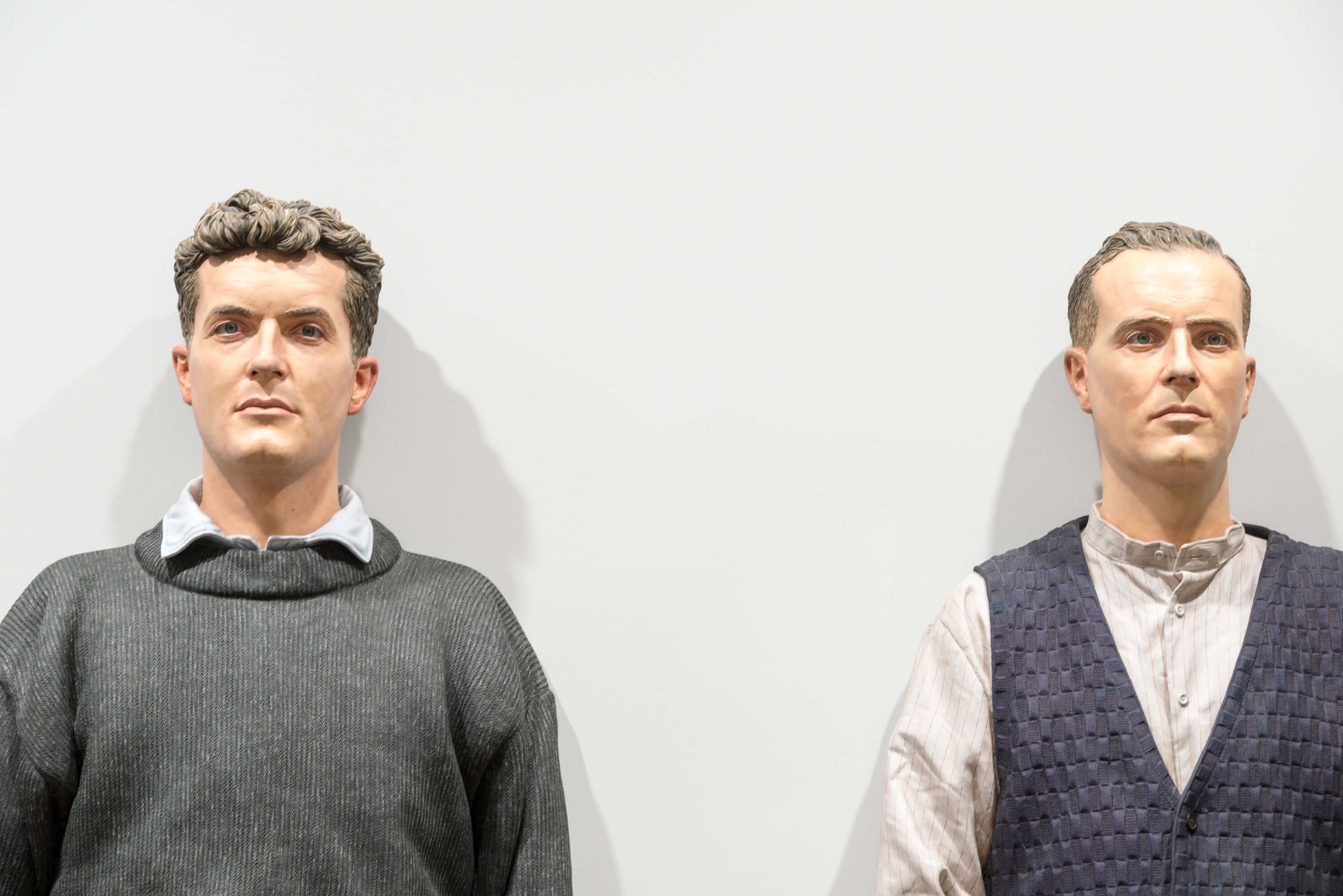Director: Pier Paolo Pasolini
Cast: Franco Citti, Franca Pasut, Silvana Corsini
Italy, 120’, 1961, black & white
Italian with Turkish subtitles
The first of Pier Paolo Pasolini's highly acclaimed films and the winner of numerous film festival prizes, Accattone uses a talented cast to present a vivid picture of the Roman slums. Based on one of the filmmaker/poet's novels, this story of a pimp, his friends, his enemies and his girls is realism at its earthiness. It is brutal, realistic, un-sentimental and bustling with life. Particularly effective is the use of Johann Sebastian Bach on the soundtrack, which provides the ironic counterpoint of the world of prostitutes and street fighters.
Trailer

The exhibition Look at Me! Portraits and Other Fictions from the ”la Caixa” Contemporary Art Collection examines portraiture, one of the oldest artistic genres, through a significant number of works of our times. Through the exhibition we will be sharing about the artists and sections in “Look At Me!”.
Tuesday - Saturday 10:00 - 19:00
Friday 10:00 - 22:00
Sunday 12:00 - 18:00
The museum is closed on Mondays.
On Wednesdays, the students can
visit the museum free of admission.
Full ticket: 300 TL
Discounted: 150 TL
Groups: 200 TL (minimum 10 people)